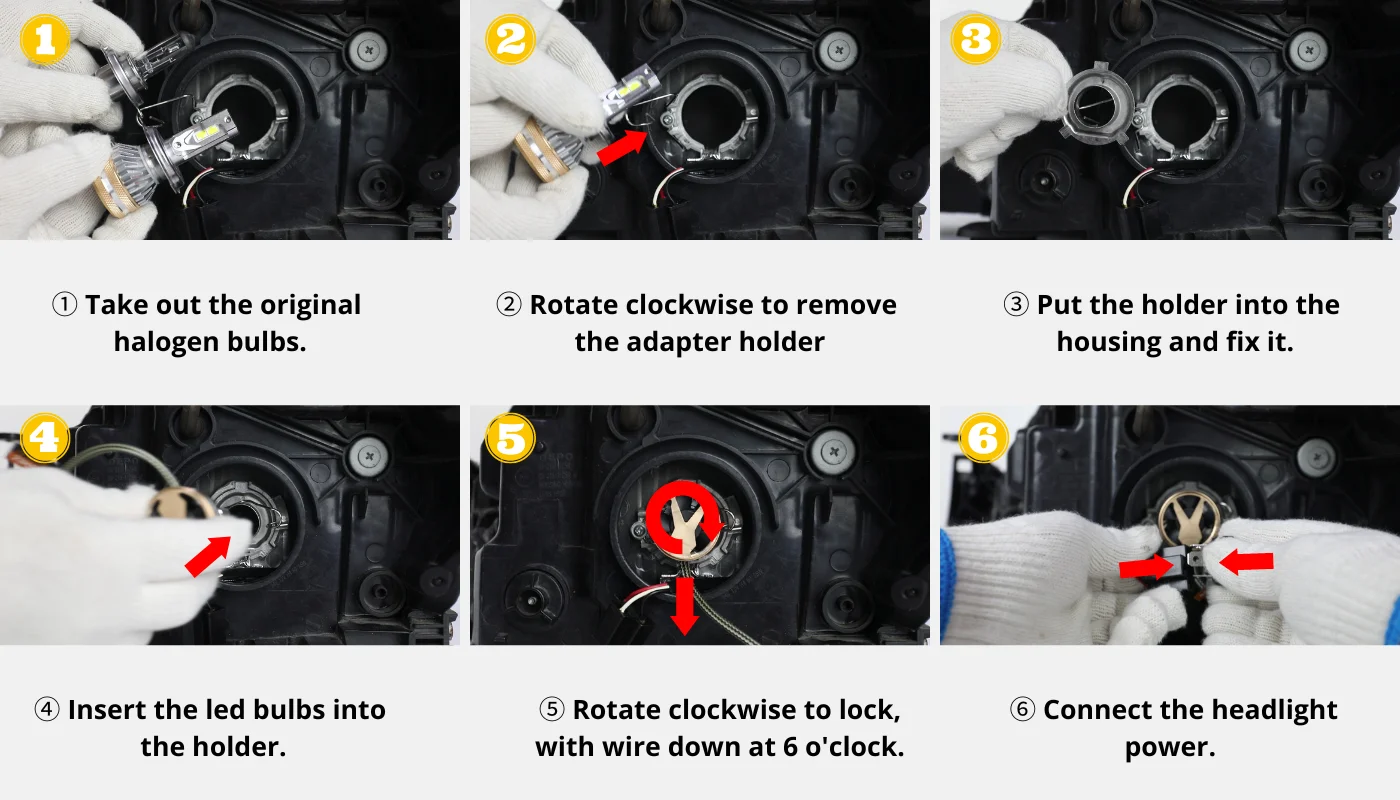The Latest Trends in Electric and Hybrid Cars
The current trend in hybrid and electric cars is to reduce emissions of harmful gases. As governments worldwide strive to reduce their carbon footprints, these technologies are becoming more commonplace.
Hybrid cars use both gasoline and electric engines to power the vehicle, improving fuel economy and reducing CO2 emissions. Plug-in hybrids also exist, which combine a regular gas engine with an external battery pack for charging from external sources.
1. Electric Vehicles
Electric vehicles (EVs) run off batteries instead of gas, diesel or other combustible fuels. As such, EVs have become increasingly common on the road.
Most electric vehicles look just like their gas-powered counterparts, but their batteries provide power for things like radios, lights, heating and air conditioning – not to mention other essential items like luggage.
Batteries provide energy to propel a vehicle’s motors and various accessories.
For instance, they provide energy for air conditioning and power steering.
Hybrid cars use both electric motor and gasoline engine to maximize acceleration. They may also be driven in battery-only mode for short trips.
Most plug-in hybrids, on the other hand, feature a gasoline engine that starts and runs alongside an electric motor for extra propulsion. Unfortunately, these vehicles require special attention when building due to needing their own dedicated charging door and larger batteries than what purely electric cars typically feature – one size bigger than what fits in your pocket! Furthermore, managing and maintaining these vehicles can be more complex.
2. Plug-In Hybrids
If you’re interested in environmentally friendly motoring but don’t quite feel ready to commit to a fully electric vehicle, consider purchasing a plug-in hybrid (PHEV). These vehicles serve as an intermediary between gas engines and fully electric models.
PHEVs utilize a larger and more powerful electric motor and battery than traditional hybrids to offer longer driving range. When the battery runs out, they switch to gasoline engine power for short bursts of acceleration.
PHEVs boast higher fuel efficiency than regular hybrids, but their batteries still weigh a considerable amount – meaning they won’t perform as well on longer journeys like non-plug-in hybrids do.
3. Hybrid Fuel Efficiency
Fuel efficiency is a critical consideration when choosing between hybrid or electric vehicle ownership. With gas prices on the rise, hybrids have become more appealing to drivers looking to save money and the environment at the pump.
A hybrid car typically consists of a gasoline engine and an electric motor that draws its energy from regenerative braking. This energy is used to recharge the battery pack, then the petrol engine takes over as the primary source for driving the car.
CR estimates that a hybrid with an average EPA fuel efficiency rating of 38 mpg can save you more than $1,680 on gas over its lifetime, assuming gas at $3 a gallon and 12,000 miles driven annually. That savings would pay for the car within three years at this rate if gas remains at that price point for three years.
A hybrid not only saves you money on gas, but it also has other advantages. Generally, hybrids have lower maintenance costs than traditional internal combustion engine (ICE) vehicles – making it a desirable option for many drivers.
4. Hybrid Safety
Hybrid vehicles offer you a way to reduce your environmental impact while still having the range of a traditional gas-powered car. These modern cars often boast cutting-edge technology and features, helping you save money on fuel expenses.
If you’re not sure whether a hybrid car is for you, it’s essential to understand the basics before making your final decision. Marietta Toyota has put together an informative guide that can help compare these two types of vehicles side by side.
Hybrids may cost more than gas-only models, but they can pay for themselves within four years with $4 per gallon gas and 12,000 miles driven annually. Plus, hybrids boast better safety ratings than conventional cars due to fewer injury odds under collision and personal injury protection (PIP) insurance coverage.












